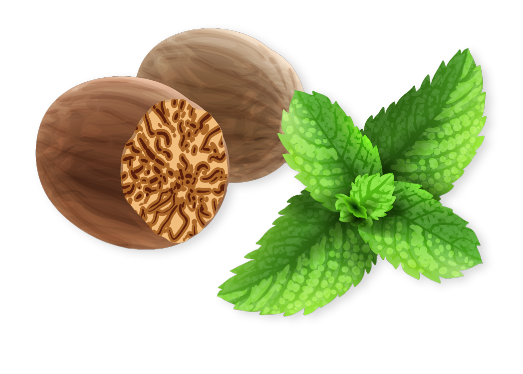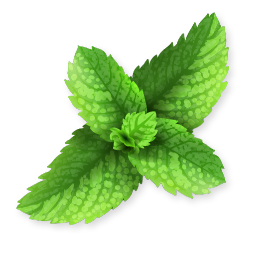How to Know If a Fistula Is Healing: Signs and What to Look For
Tuesday, April 22, 2025Fistula-in-ano, or anal fistula, is a persistent condition that often requires surgical or Ayurvedic intervention like Kshara Sutra therapy. Whether you’re undergoing treatment or following post-surgical care, it’s natural to wonder if the fistula is actually healing. Recognizing the right signs helps you track your recovery and know when to continue, adjust, or complete your treatment.
Healing of a Fistula: What Does It Mean?
Healing in the case of a fistula doesn’t just mean the symptoms are less noticeable — it means the internal tract is closing properly, discharge has stopped, and the surrounding tissues are regenerating without signs of infection.
Key Signs That a Fistula Is Healing
- Decreased Pain and Swelling
One of the first noticeable improvements is a reduction in pain, especially during bowel movements or while sitting. The swelling around the external opening also tends to subside. - Drying of the External Opening
When the fistula tract begins to close, discharge from the external opening significantly reduces or stops altogether. You may observe:
- No pus or fluid leakage
- Absence of bloodstains on undergarments
- Skin around the opening appears drier and less inflamed
- Closure of the External Opening
As healing progresses, the external hole (if visible) begins to shrink and eventually closes completely. It may leave a small scar or faint mark, but no open tract should remain. - Absence of New Abscess Formation
Healing fistulas do not form recurrent abscesses. If you’ve gone several weeks without the development of a lump, fever, or pus-filled swelling, it’s a good sign of recovery. - Improved Bowel Movements Without Pain
A healing fistula will no longer trigger pain or burning sensations during defecation. Your stools should pass smoothly without causing discomfort in the anal region. - Normal Skin Appearance Around the Area
Healthy skin without redness, itchiness, or tenderness indicates that inflammation has subsided. The tissue feels less sensitive and more stable over time. - No Foul Smell or Itching
Chronic fistulas are often accompanied by a foul-smelling discharge or persistent itching. A healing tract no longer releases infected fluid, so both odour and itching disappear.
Indicators That the Fistula May Not Be Healing
If you notice the following signs, it could mean that the healing process is incomplete or the condition is recurring:
- Continued or returning discharge (pus or blood)
- Pain while sitting, walking, or using the toilet
- Skin irritation or rash near the external opening
- New abscess or swelling forming near the site
- Intermittent fever or chills
How Long Does Healing Take?
Healing time depends on several factors:
| Factor | Impact on Healing |
| Type of fistula | Simple tracts heal faster than complex branched ones |
| Treatment method | Surgery and Kshara Sutra generally show progressive improvement over 4–8 weeks |
| Personal health and immunity | Diabetic or immunocompromised individuals may take longer |
| Diet and hygiene | Poor diet or hygiene can delay or complicate healing |
| Post-treatment care | Consistency with sitz baths, medications, and follow-up improves outcomes |
Most individuals begin seeing noticeable healing within 3–4 weeks after proper treatment begins, but complete closure may take up to a few months depending on the complexity.
In Ayurvedic practice, signs of healing are assessed not only externally but also through changes in digestion, elimination, and dosha balance. Treatments like Kshara Sutra therapy are monitored weekly, and signs such as reduced pain, dry discharge, and closure of the tract are closely observed.
At Ayurvedic hospitals like Sanjeevanam, recovery is supported by internal herbal medicines, wound-specific oils, and diet plans that help speed up tissue regeneration and strengthen immunity — making healing not just faster, but also more sustainable.
Knowing if your fistula is healing involves watching for both visible and subtle changes — reduced pain, absence of discharge, closure of openings, and general comfort during daily activities. Regular follow-ups, whether with a surgeon or an Ayurvedic practitioner, are crucial to ensure complete healing and avoid recurrence. With the right care and attention, fistula recovery can be smooth, steady, and lasting.
You can write to us.
BOOK APPOINTMENT



























